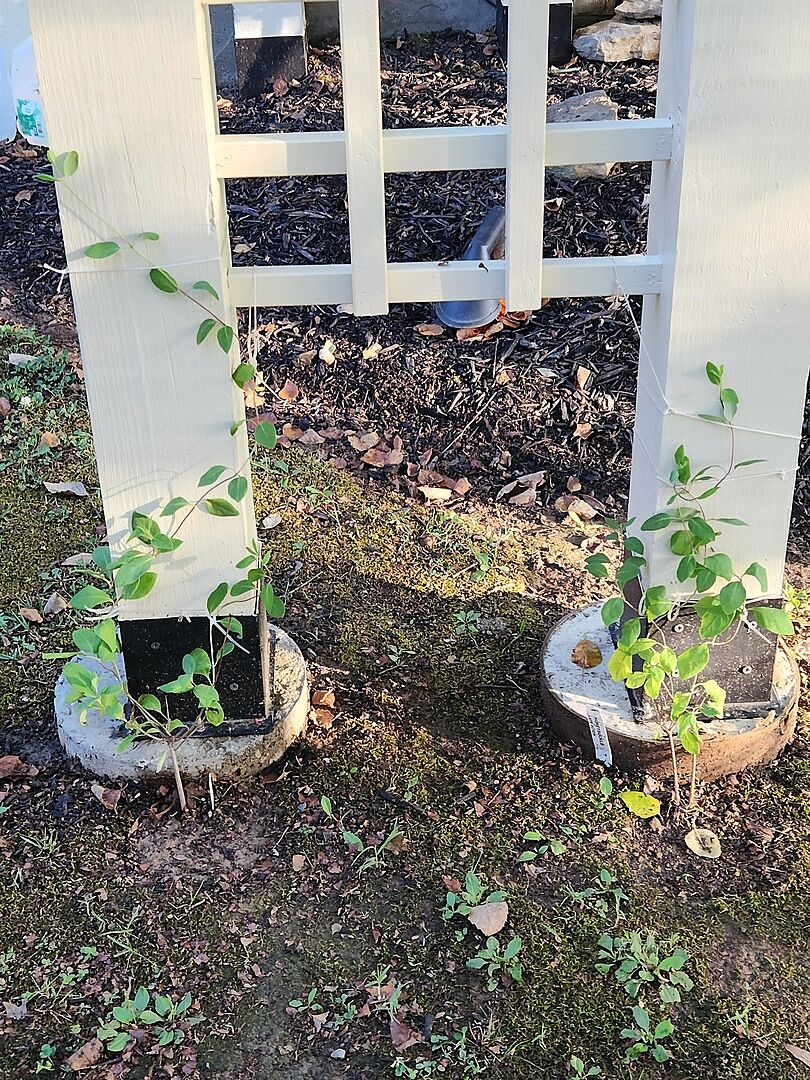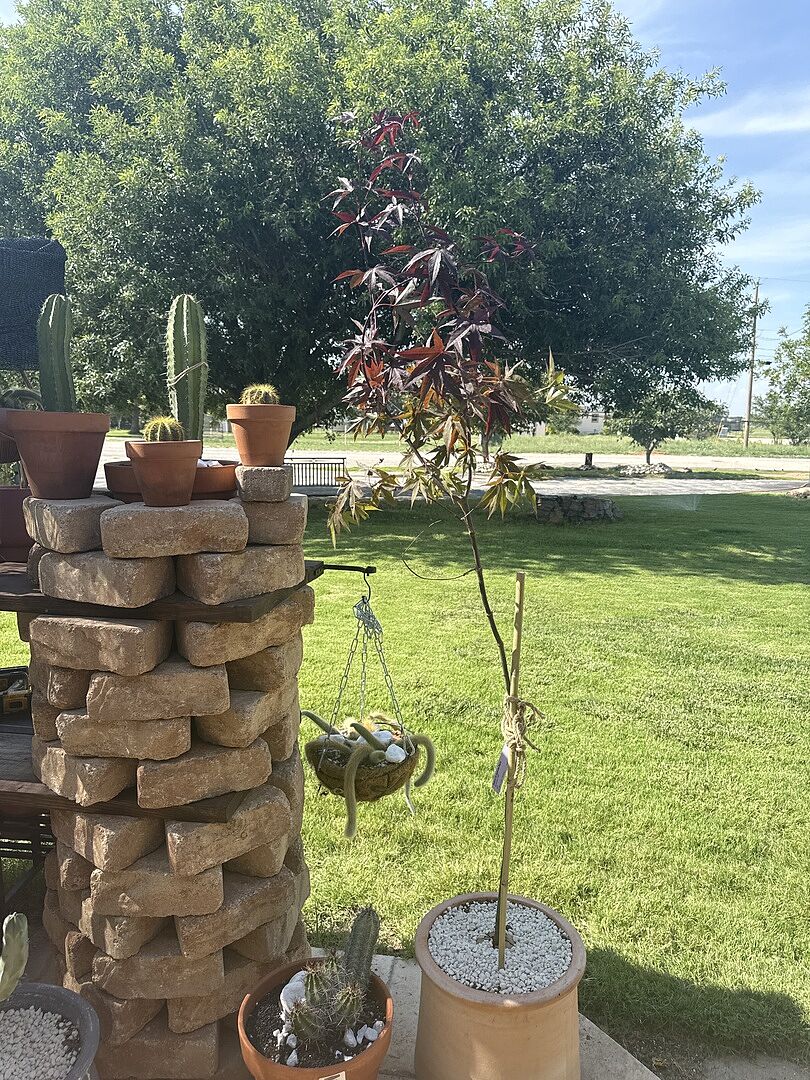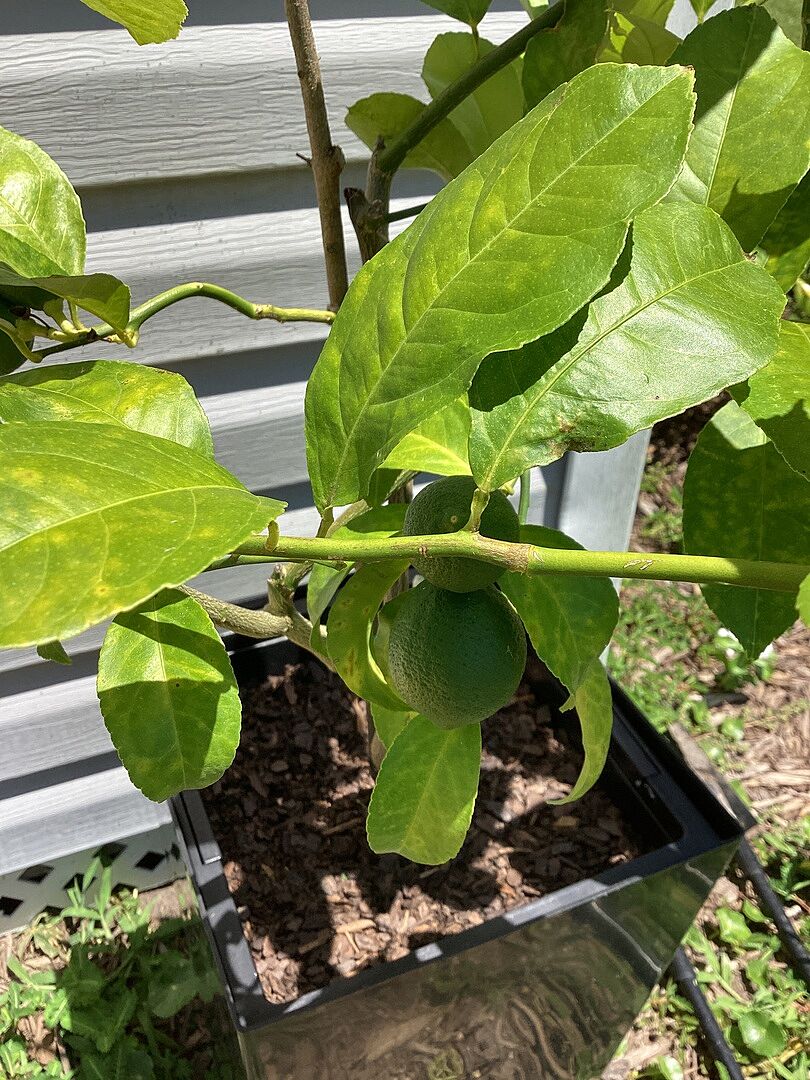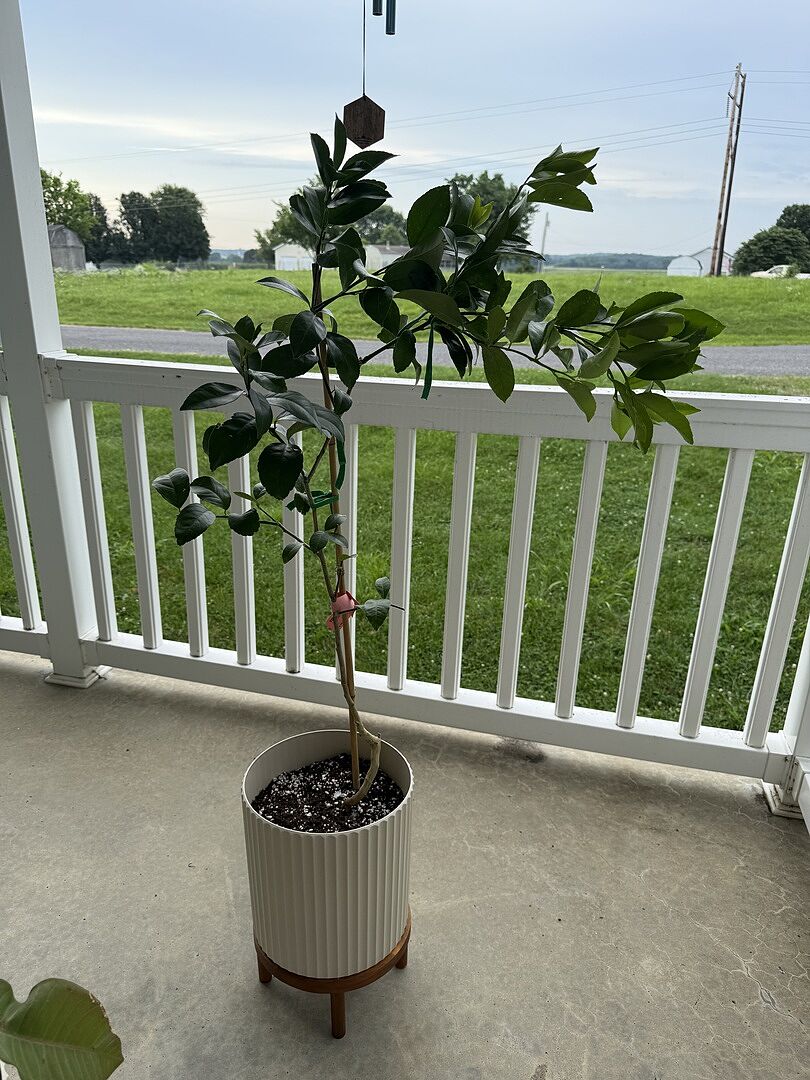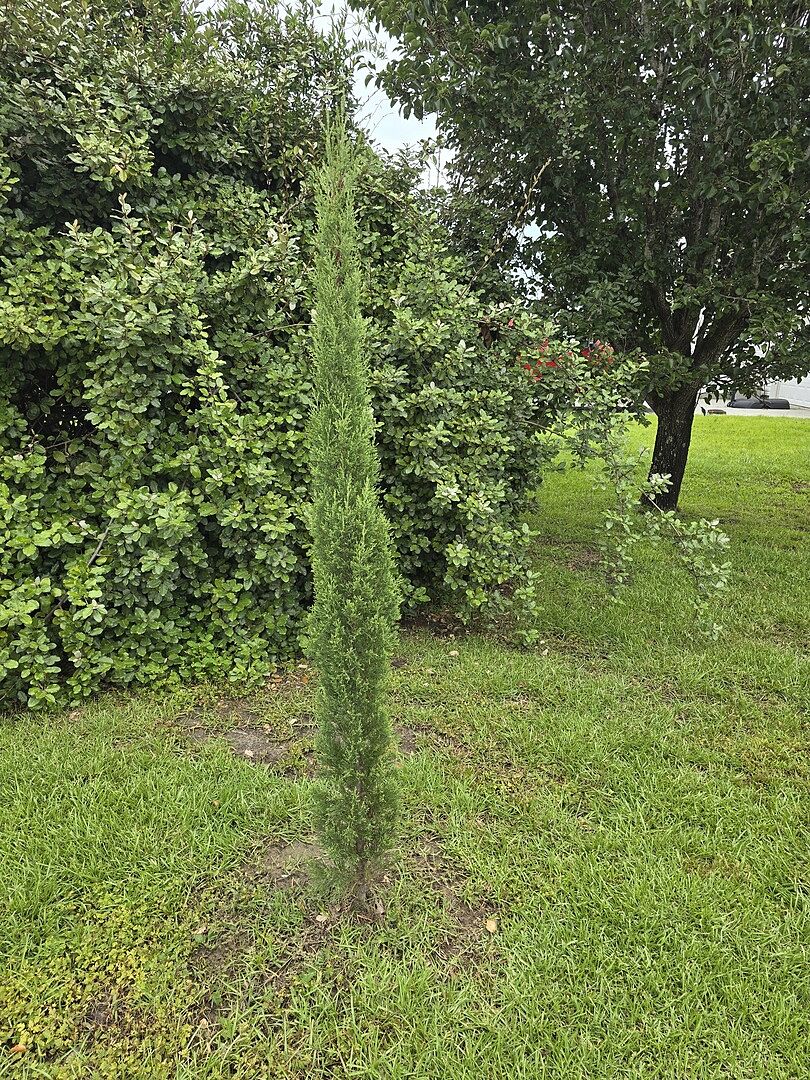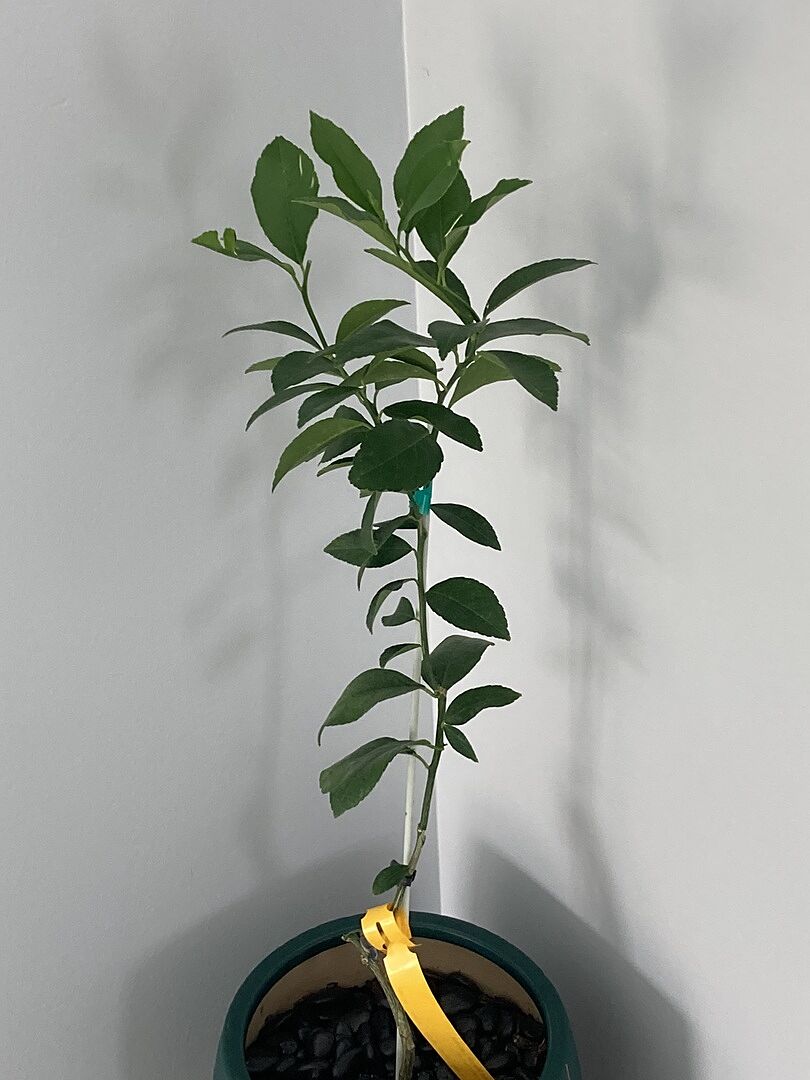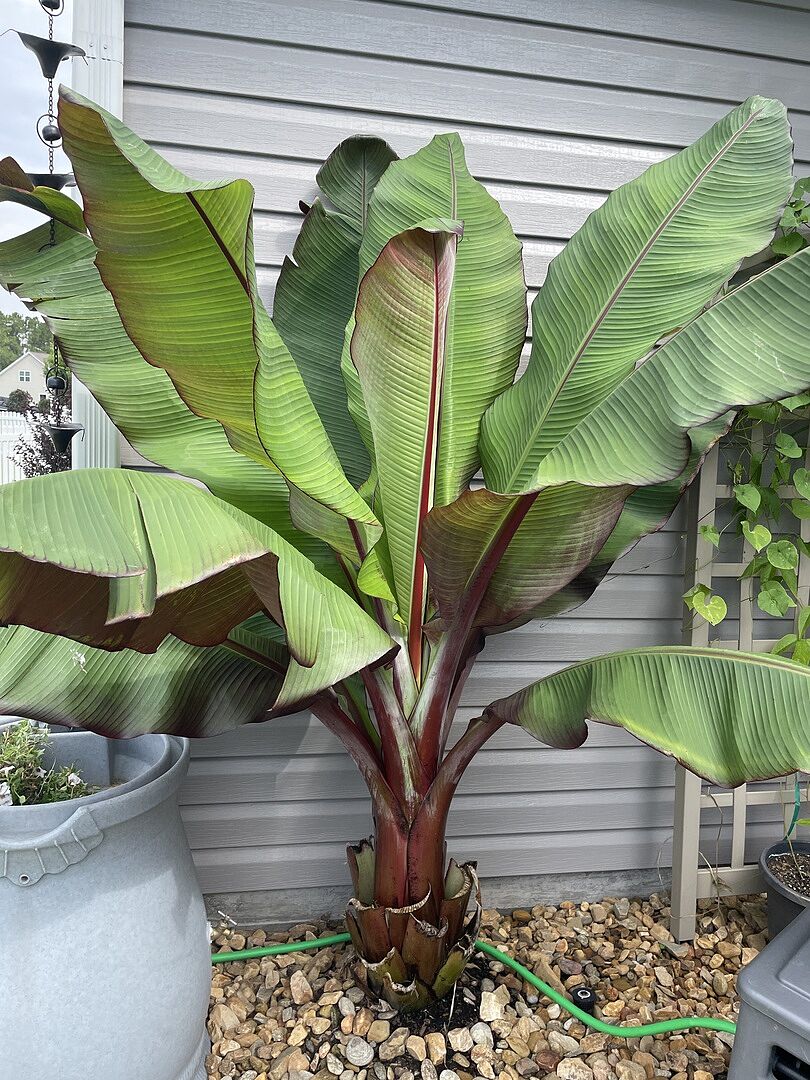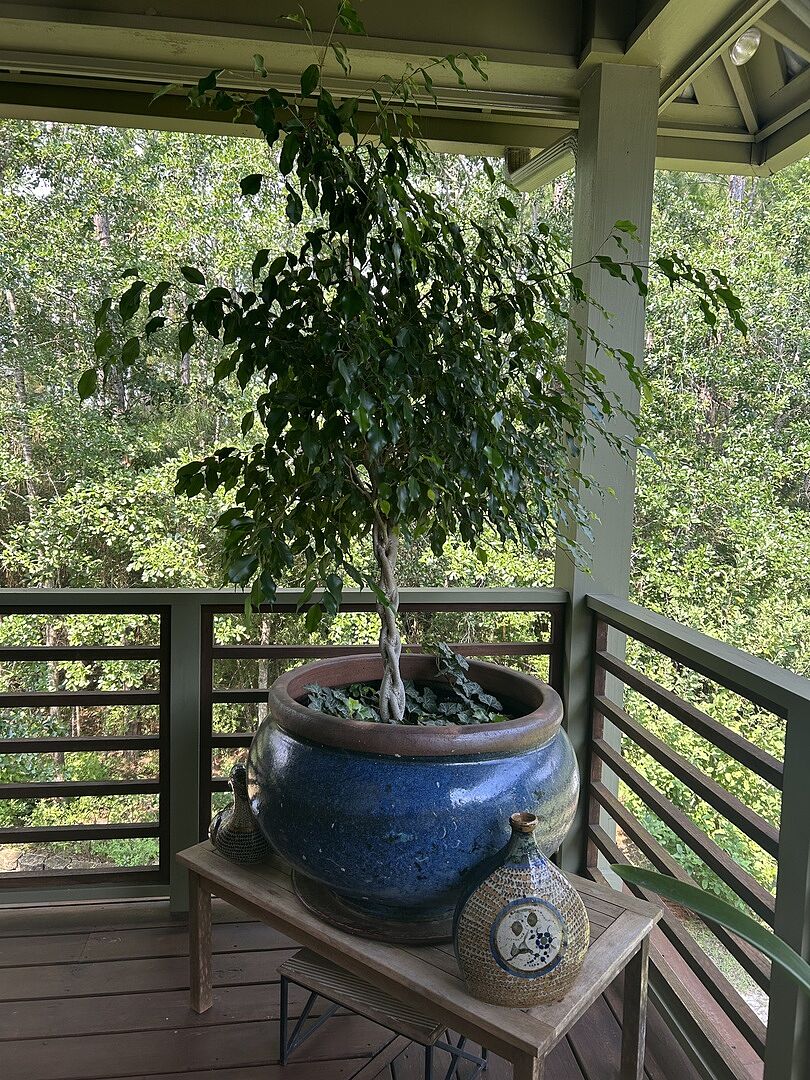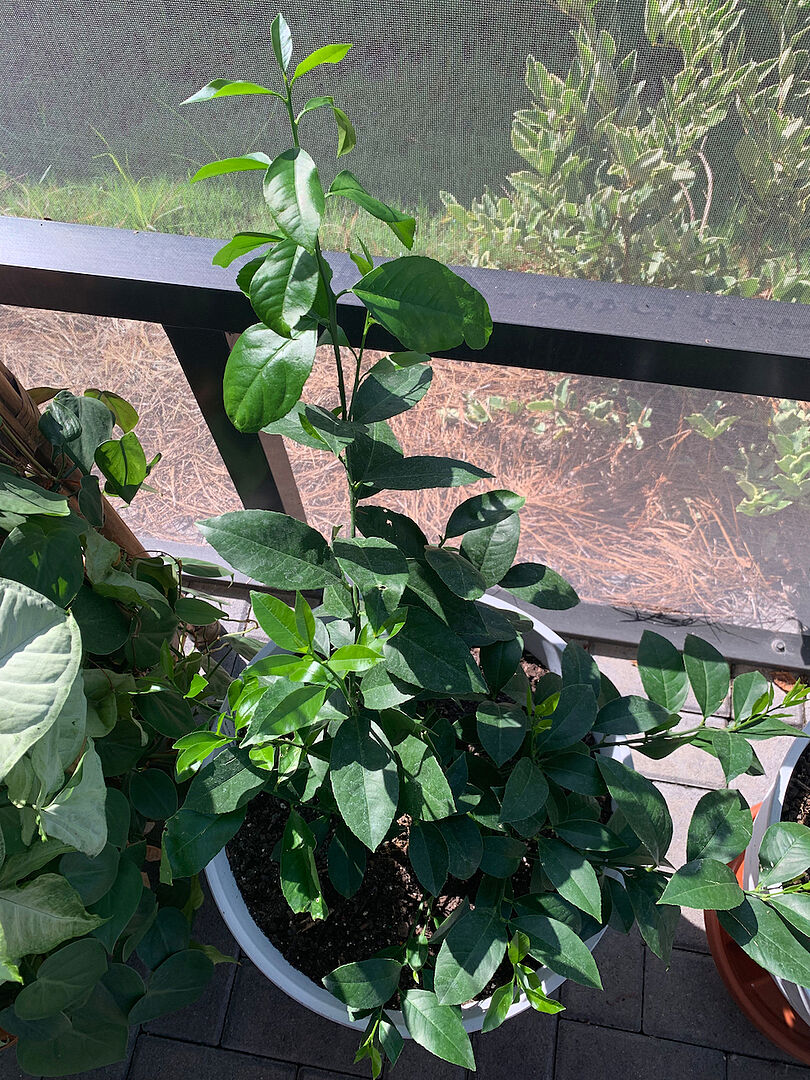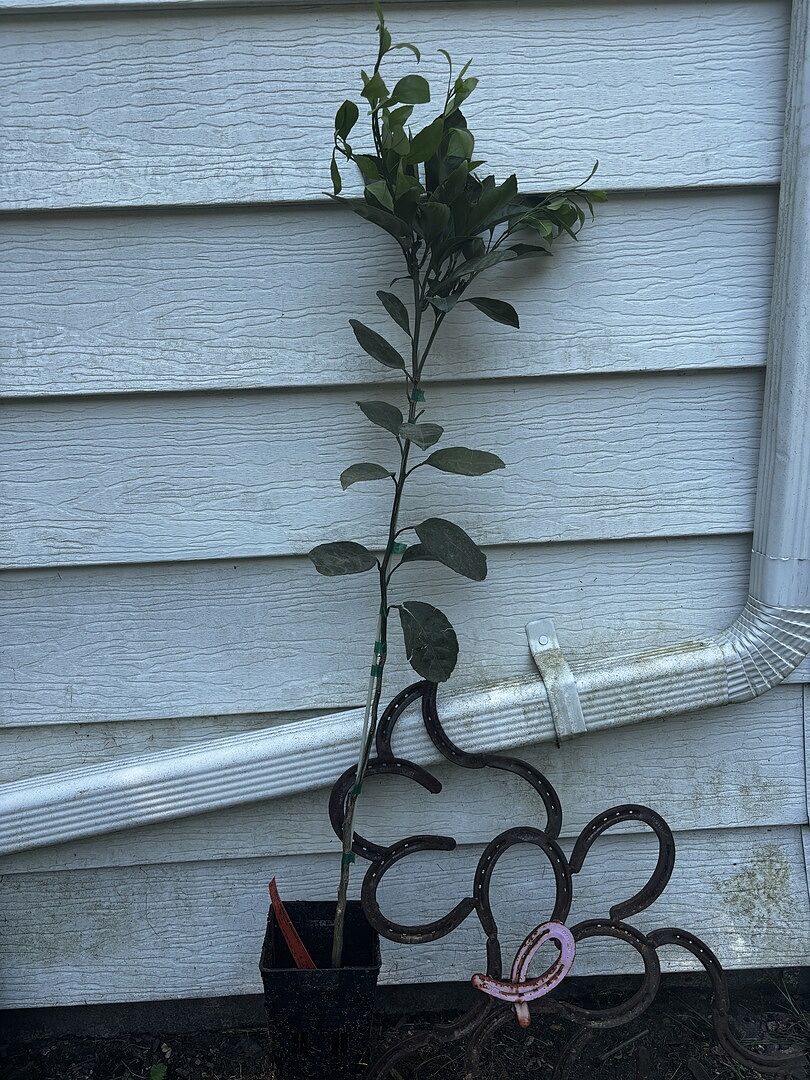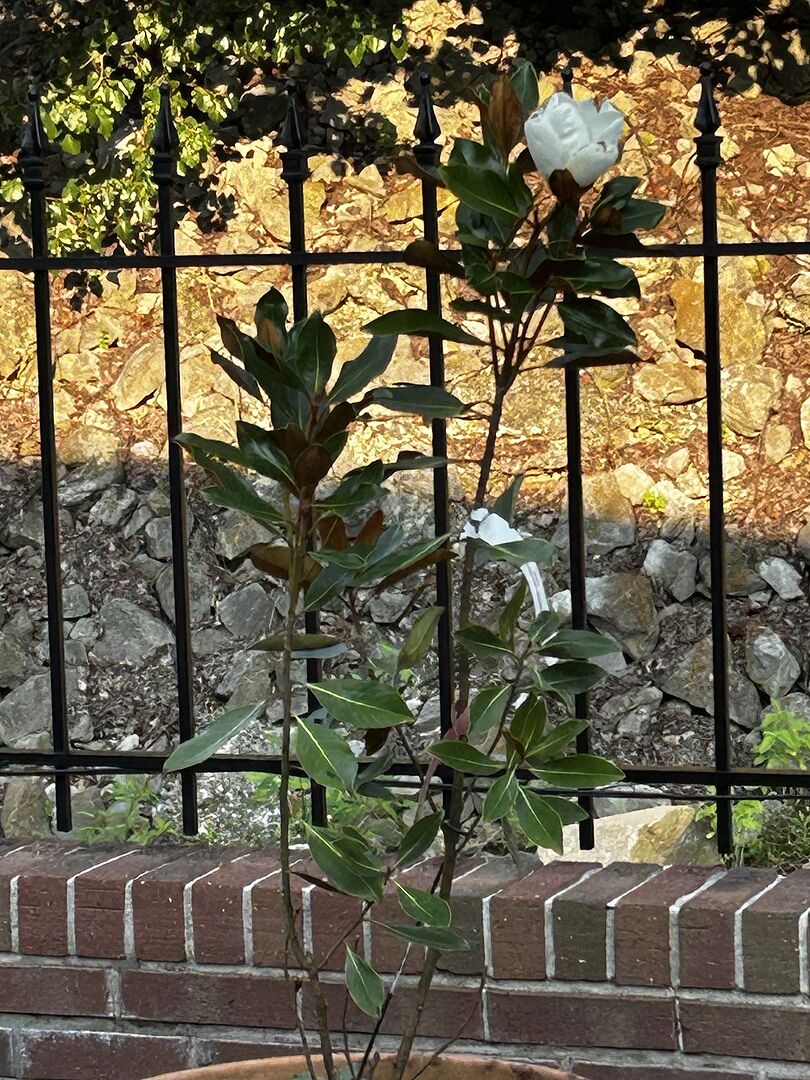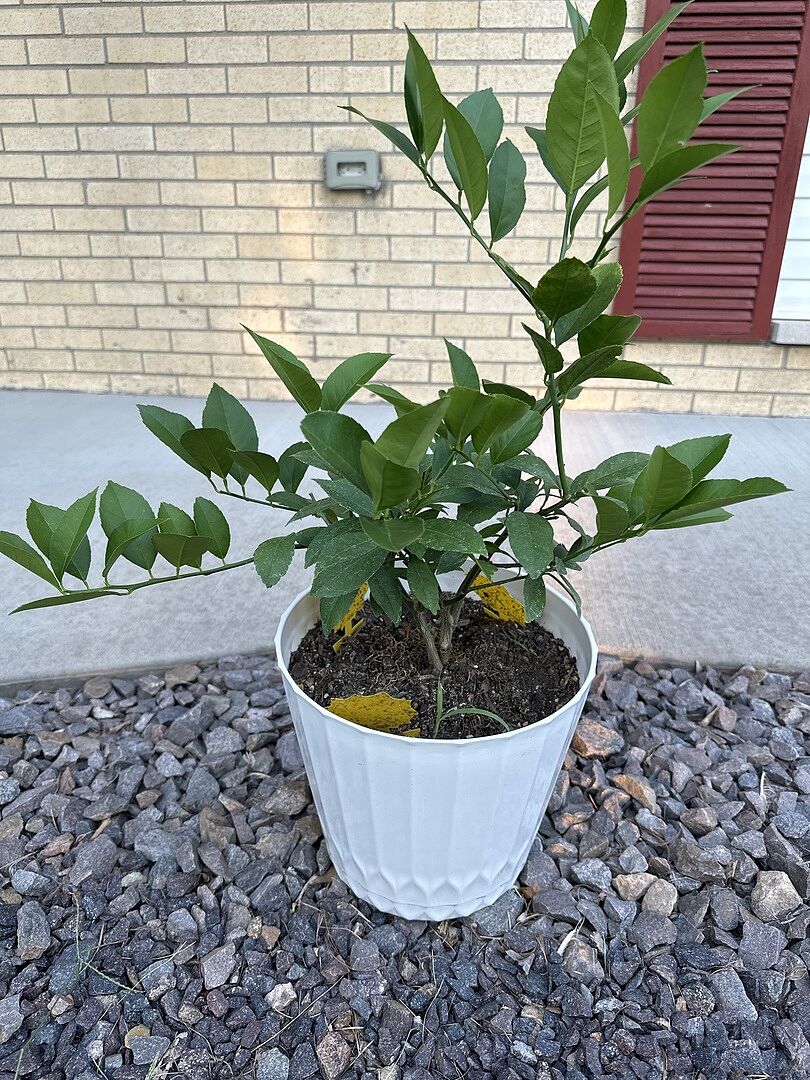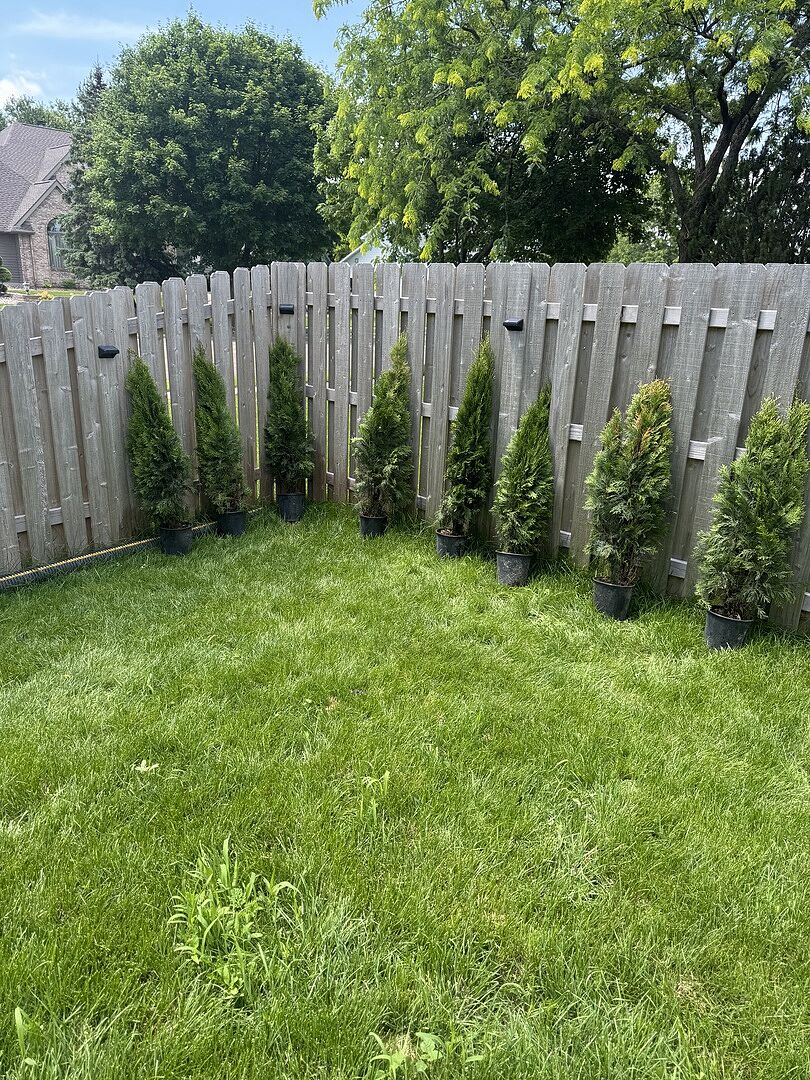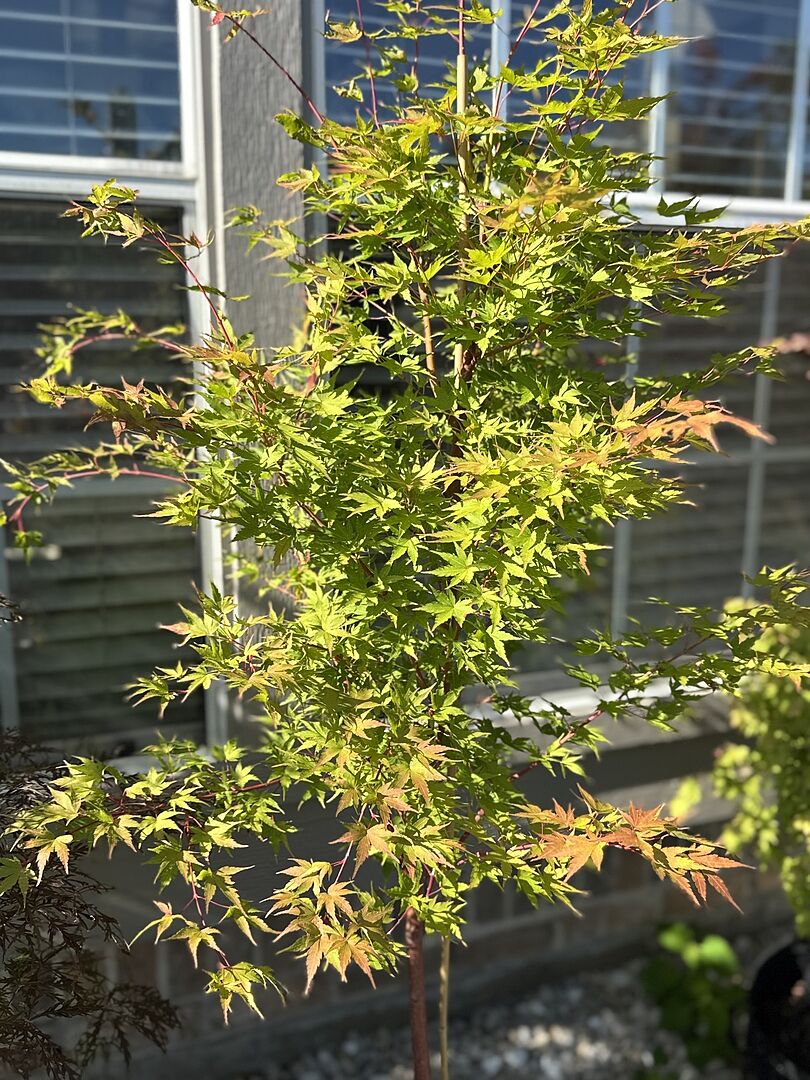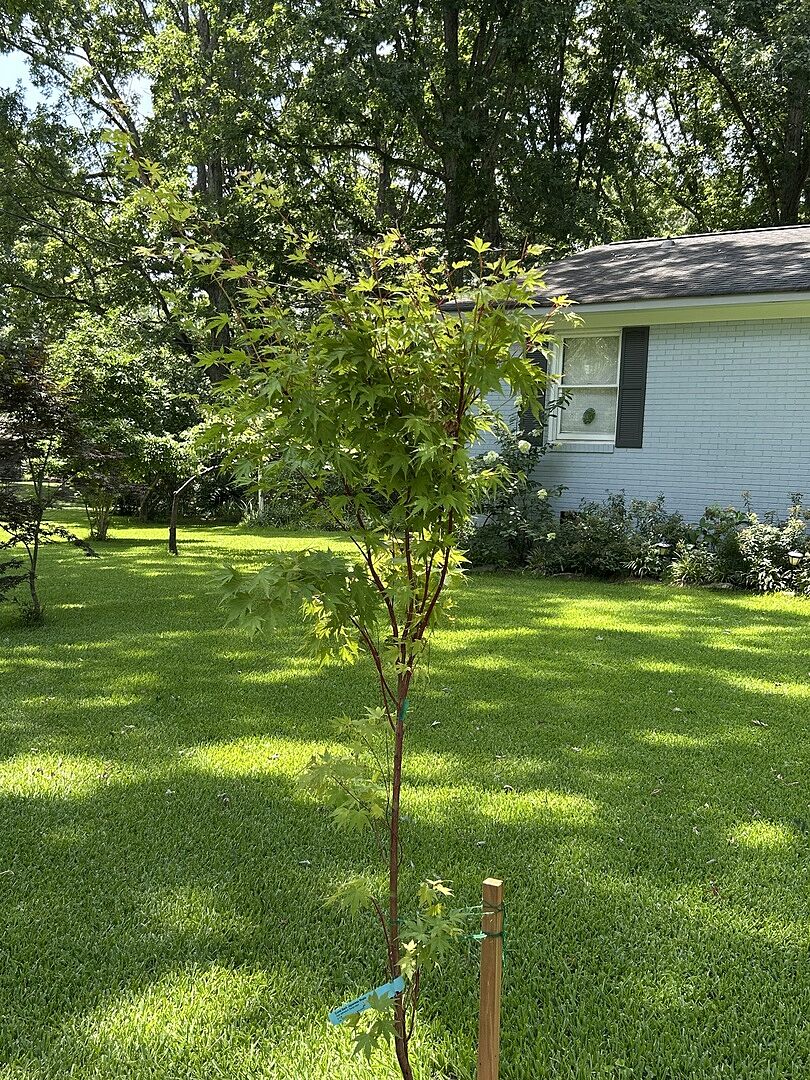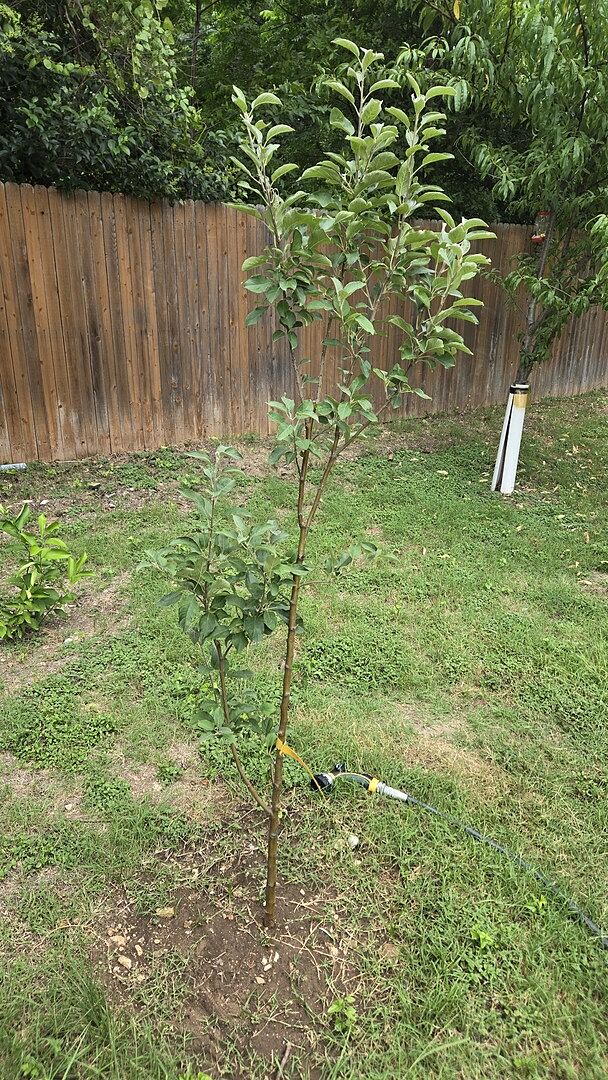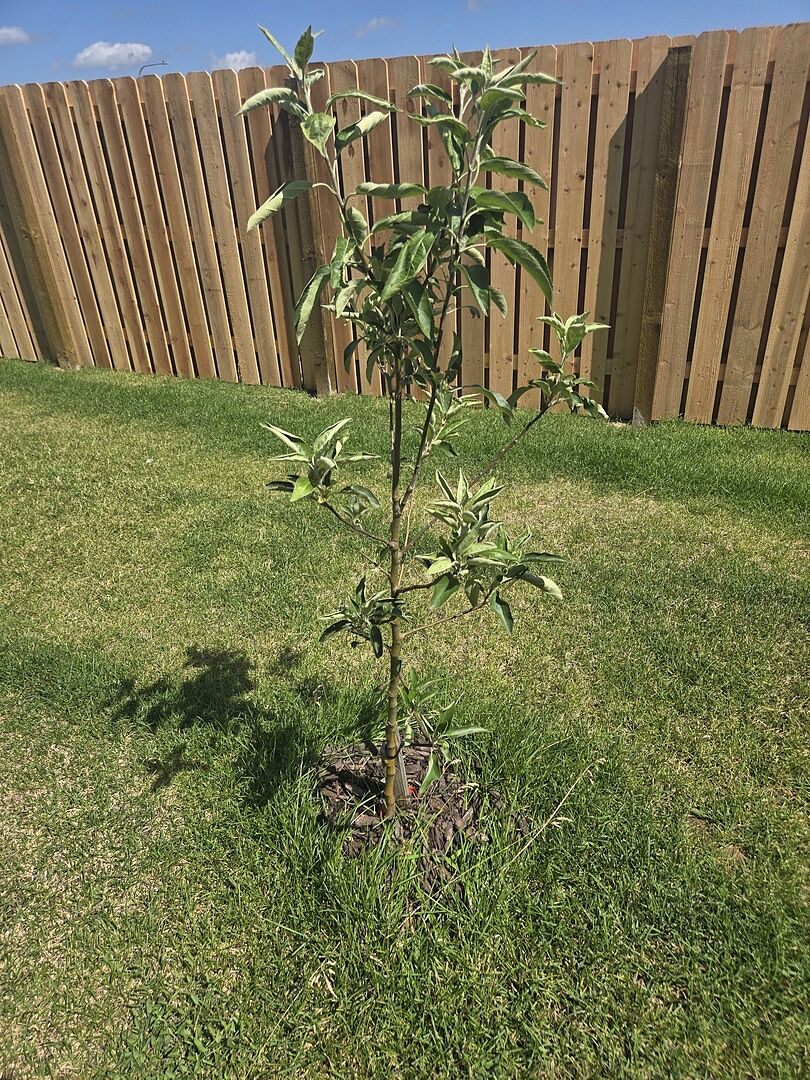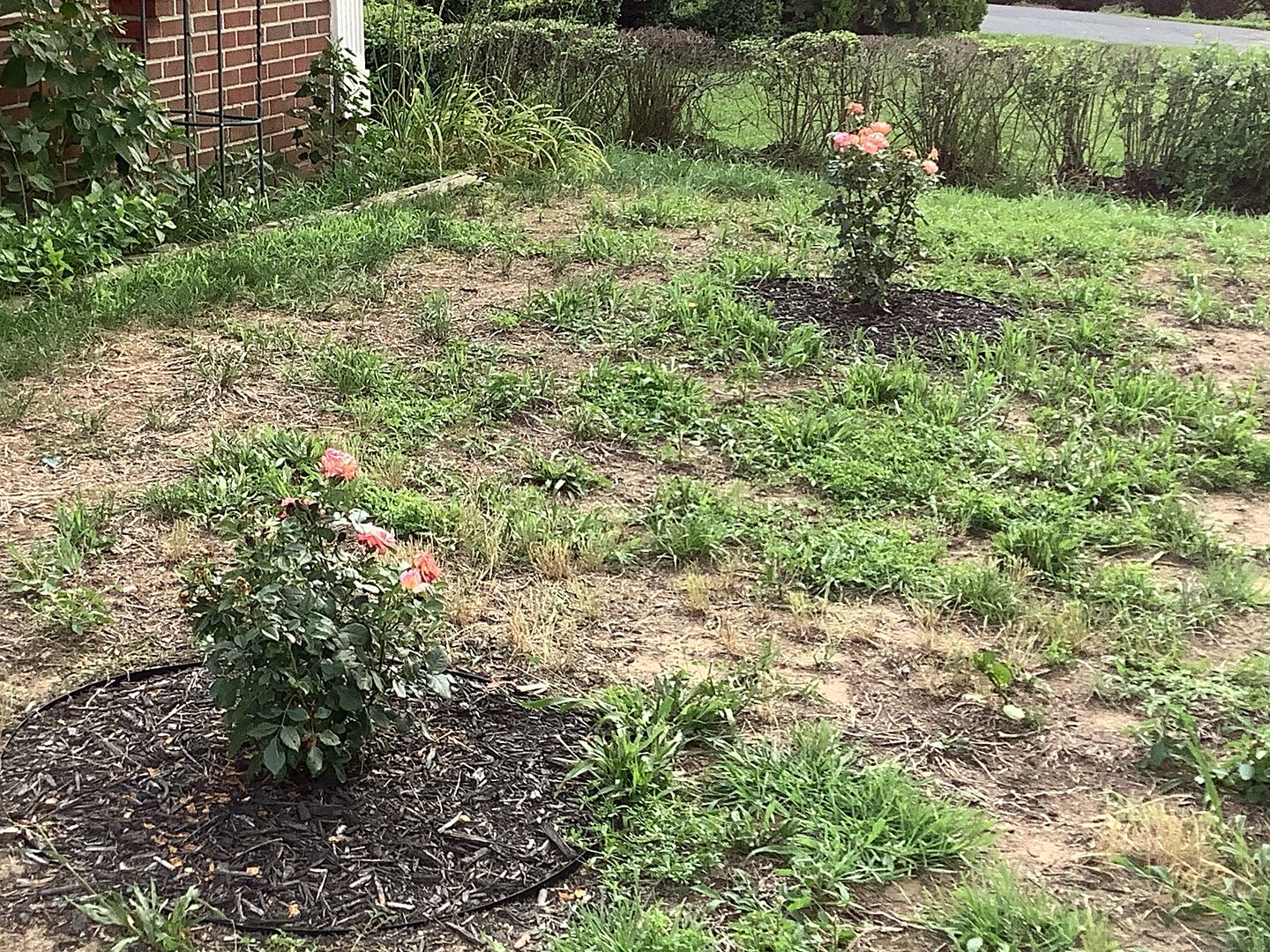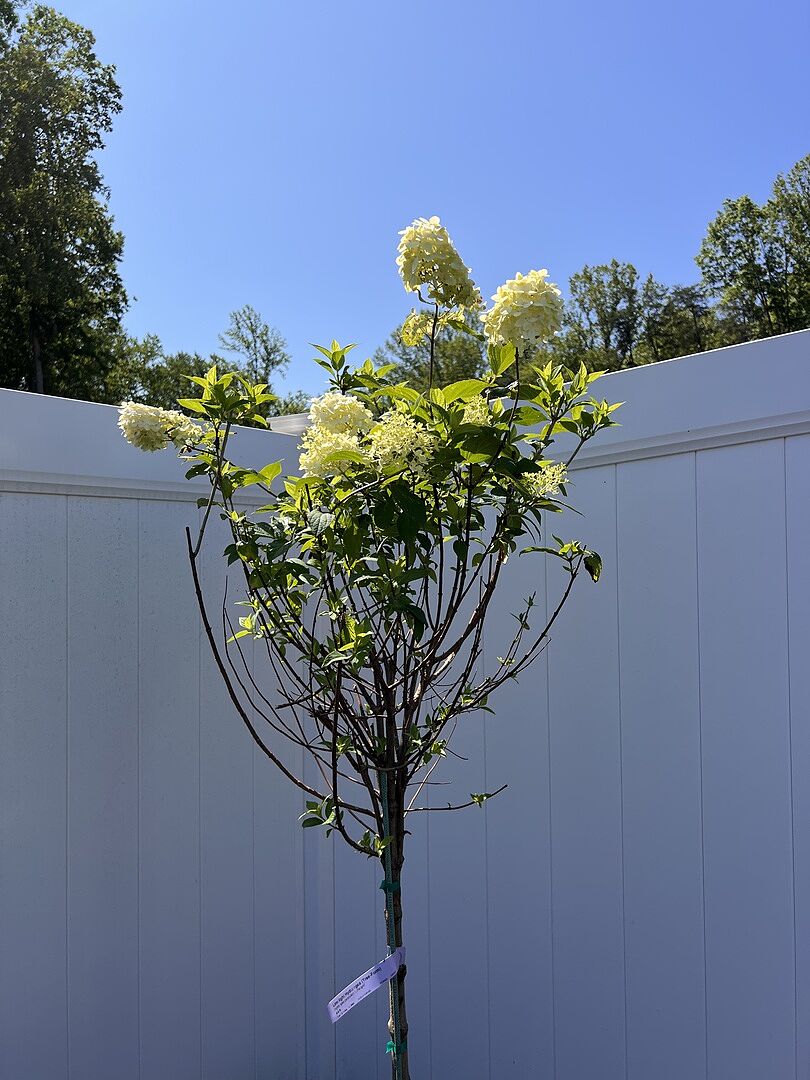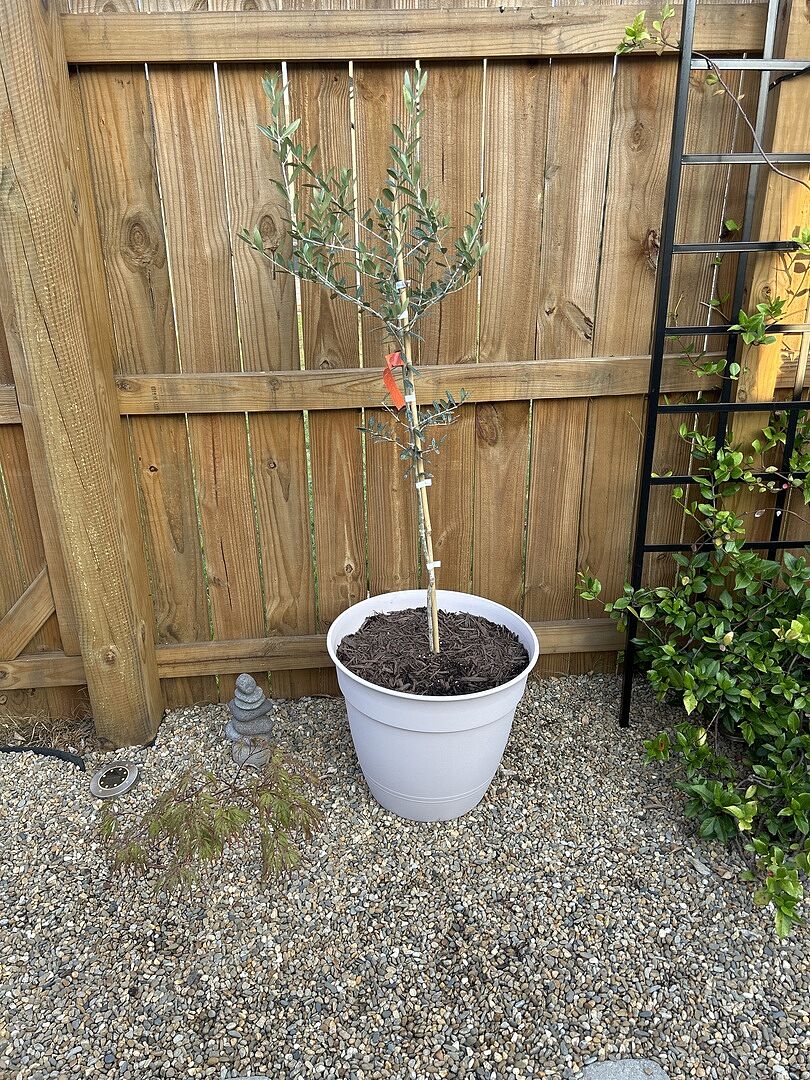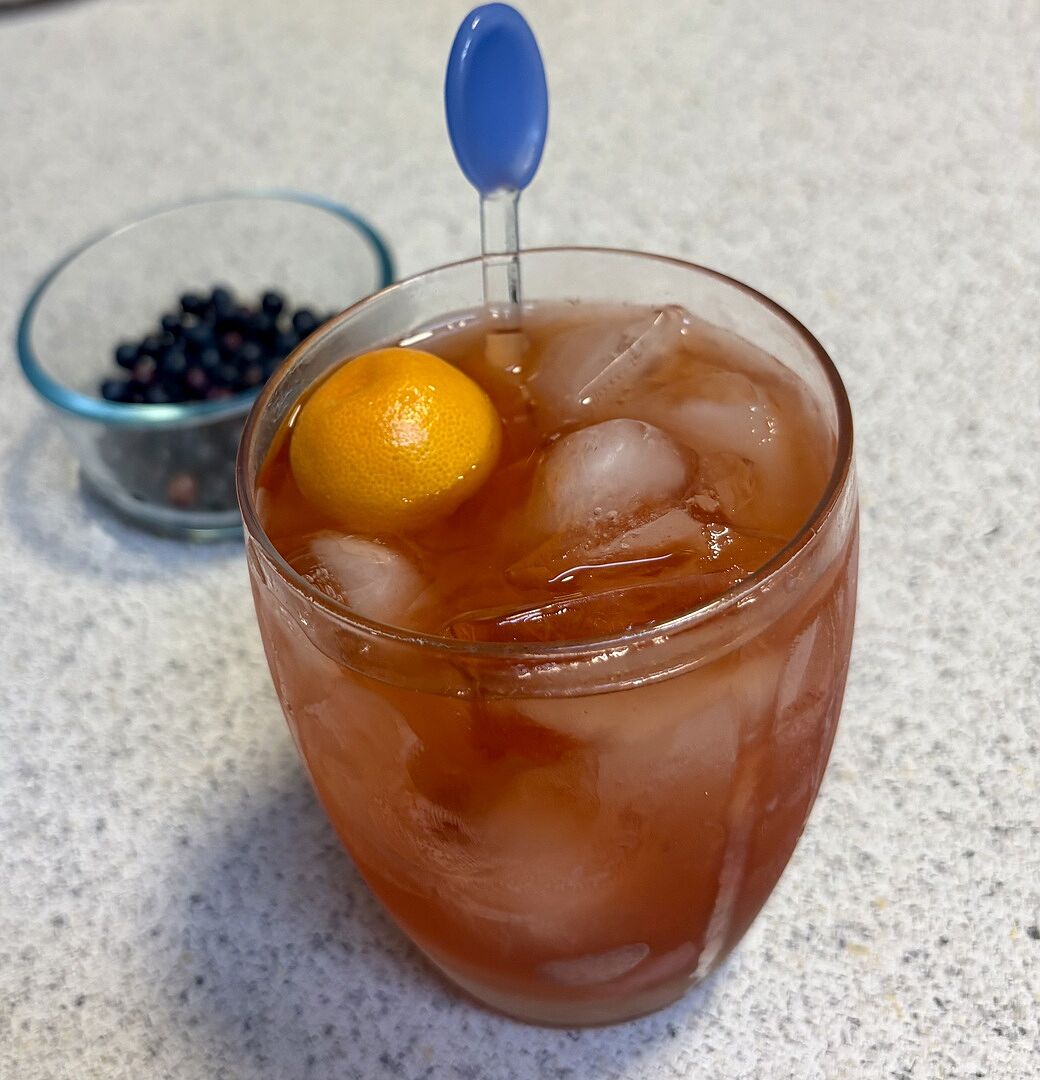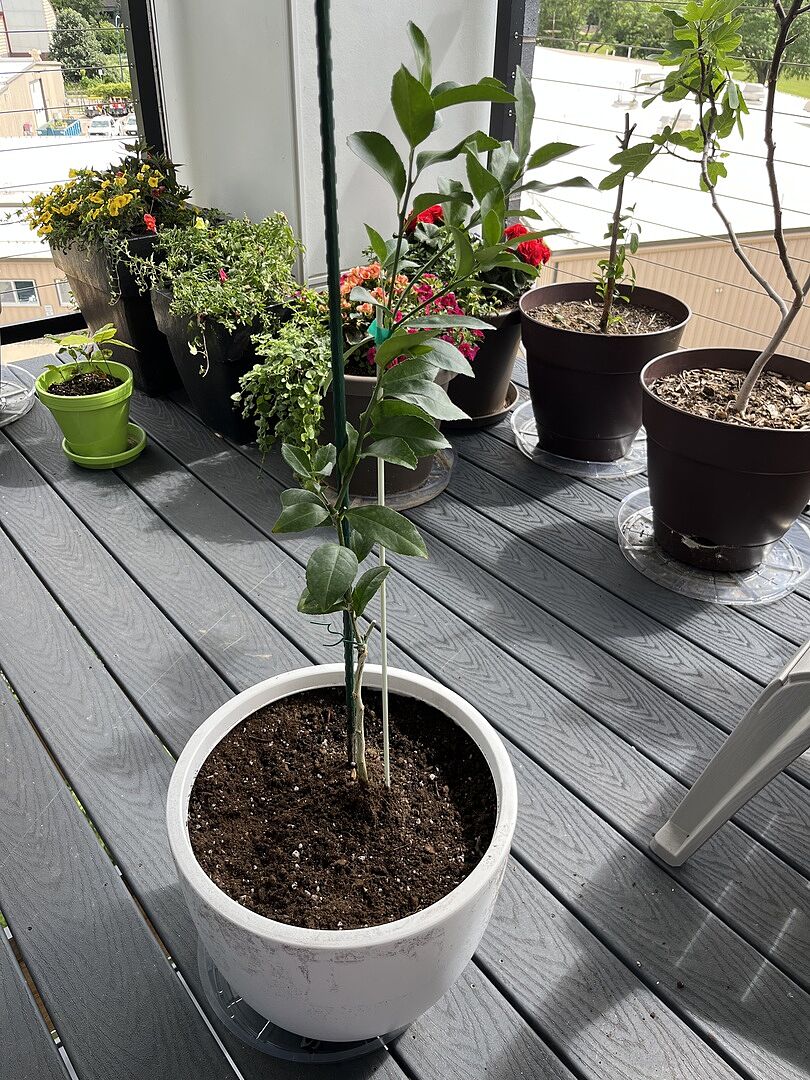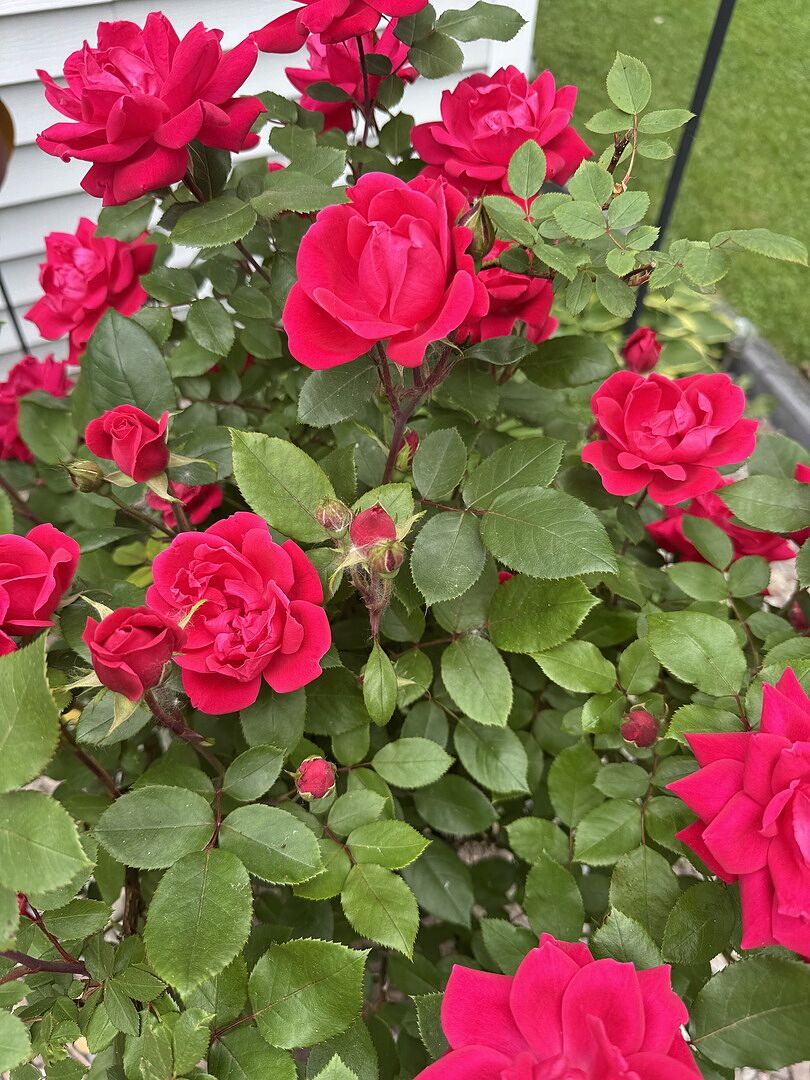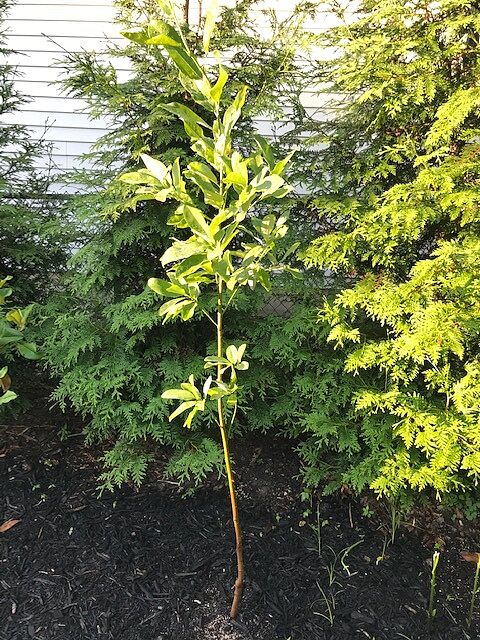How to Enhance Fall Color on Your Shade Trees?

Last updated: Dec 01 2020

There’s nothing quite as picturesque as the arrival of fall and the varying, vibrant shades of color it brings. With leaves changing from summer greens to fiery reds, rich oranges and bright yellows, it’s hard not to be smitten.
Fall lovers alike find themselves wishing that magical color display could last just a little bit longer each year as autumn days come to a close. If that’s you, you’re in luck! We’ve got some cool tips on preserving fall foliage color on your shade trees.
Although your climate and local conditions will determine most of the color variation you see in trees this time of year, there’s a few things you can do to extend and enhance fall color on your shade trees.
Why Do Leaves Change Colors?
First, it's important to understand why leaves change. There’s a few factors involved when it comes to fall foliage fluctuation, including leaf pigments, weather, and the length of nighttime in your area.
As the nights become longer and days become shorter in autumn, leaves naturally begin to change and then fall. Biochemical processes occur in each leaf that basically follow the calendar, but temperature, rainfall, and a tree's food supply all play a part, as well.
For instance, cooler temperatures in late summer, along with more sunshine, often lead to the development of brighter colors sooner. Shade trees are partial to cool weather, but if temperatures drop below freezing, their leaves will start to defoliate. You'll see the most vibrant colors during moist growing seasons, cooler late summer temperatures, and sunny days with mild nights. Pretty cool, huh?

How to Care for Fall Color Trees
So, what can you do to lengthen the life of those coveted colors? Well, optimal care is essential if you want that fall color palette to persist. Generally, you'll want to situate your fall colored trees in an area that receives full to partial sunlight. The more sunlight these trees receive, the brighter fall colors they’ll boast.
Soil Conditions
Most trees will adapt to your natural soil, even if it’s sandy or heavy in clay, as long as it drains well. However, Maples prefer soil that’s slightly acidic. Add organic matter like peat moss to your soil if you need to increase its acidity. Other varieties may have different pH requirements, so reference the care guidelines for the specific tree you purchased to ensure it’ll perform to its best color capacity.
Watering
Plenty of water is also crucial for getting the most color out of your tree. Thankfully, rainwater usually provides enough moisture for most of our shade trees. But, if you live in a more arid climate or experience drought, supplement with water and ensure the surrounding soil of your tree stays moist about 2 or 3 inches down. The soil should stay moist all the way to the drip line of your tree, which is the area of ground that your tree's canopy covers.
Can Fertilizing Shade Trees Enhance Fall Color?
Yes, fertilizing and giving your trees extra love and care can enhance their fall color!
Testing and Amending
Technically, most shade trees don’t need any fertilizer, but you can give them a boost in early spring and fall by fertilizing them with an all-natural, organic fertilizer that’s high in nitrogen, like formula 16-4-8, or 12-4-8. Remember to avoid fertilizing your trees with a heavy application until they have experienced a year of growth.
If you can, we recommend conducting a soil test to determine whether the soil at your tree's planting site needs more phosphorus or potassium. Amending the soil to recommended levels promotes establishment of the tree, which in turn gives you healthier, more vivid foliage.
When to Fertilize
If you've conducted a soil test and found that your tree does need fertilizer, apply it any time from late September through early April. Oftentimes, best results are seen when a tree is fertilized after the first hard freeze in October or November.
Other Quick Tips
We also recommend not removing the leaves your tree has dropped within its drip line - your tree is very efficient at recycling, and tons of good nutrients come from its fallen foliage.
Keep in mind that signs of low tree nutrition are poor growth, pale green or yellow leaves, mottled veins, dead spots, and stunted leaves or early loss of leaves. If you experience these signs, you'll want to consider testing and amending your soil to get your trees back on track!
---
So, there you have it! Our recommendations for strengthening and lengthening your shade tree’s fall color so you can hang onto those hard-to-beat foliage hues just a tad longer this year.
And if you're looking for specific shade tree suggestions to grow this fall, check out some of our favorite categories, including Red Maples and Japanese Maples, as well as a popular pick, the Amberglow Redwood.

Amberglow Redwood Tree
For more fun-filled fall inspiration, click the links below!

Written by
Sarah Logie
As Content Strategist at FastGrowingTrees.com, Sarah is smitten with words and a fanatic for flowers, particularly cut florals and house plants. With a love for curating compelling content, she also enjoys furthering her plant knowledge along the way! A few of her favorite flowers include hibiscus, hydrangeas, peonies and dahlias.
Sarah’s fondness for plants was cultivated through many childhood trips to Longwood Gardens in southeastern Pennsylvania, as well as through her first job out of college at a floral event design company. In her free time, catch her snapping photos of anything and everything, day-dreaming about interior decor, and enjoying the outdoors any chance she gets.


















